“Many sarcomas are easier to cure if caught early. We want people to pay attention and be an advocate for their health by speaking up if they have any kinds of lumps or bumps, or pain that will not go away normally.”
— OSI Director Lee Helman, MD
The Osteosarcoma Institute (OSI) is proud to join The Golf Ball Project, an international initiative started in 2020, to raise awareness around lumps and bumps that could be a sarcoma. A sarcoma is a cancerous tumor that can develop in many different areas of your body, including your muscle, fat, cartilage, connective tissue, blood vessels or bones. Any noticeable lump or bump that is persistent or becomes larger should be evaluated by a healthcare professional.
The OSI joins other health organizations in this campaign, including Northwest Sarcoma Foundation, Rein in Sarcoma Foundation and the National Leiomyosarcoma Foundation. The campaign draws its inspiration from a concept presented by Robert Grimer, FRCS, at the Royal Orthopaedic Hospital in the United Kingdom.
“We are excited and motivated to be joining in this global awareness campaign,” says Lee Helman, MD, OSI’s director. “Many sarcomas are easier to cure if caught early. We want people to pay attention and be an advocate for their health by speaking up if they have any kinds of lumps or bumps, or pain that will not go away normally.”
The Difference Between a Lipoma and a Sarcoma
Lipomas are benign (non-cancerous) fatty tumors located just beneath the skin and squishy to the touch. They are often found on the neck, shoulders, back, abdomen, arms and thighs. These lumps and bumps are usually not painful and are rarely serious. However, because a lipoma can grow in size, you and your doctor will want to closely monitor it. You may also choose to remove it if it starts causing pain or discomfort.
Sarcomas, on the other hand, are malignant (cancerous) tumors that are firm and tender to the touch. You cannot push it around like you can with a lipoma. Sarcomas typically develop on the arms, legs or trunk of the body. They can also grow inside the abdomen, where they are not seen as easily. Because of this, they can grow undetected until they are quite large and painful. In fact, sarcomas can grow up to 5 inches or more. If a sarcoma is growing near a nerve, it may invade the nerve and cause a tingling or burning sensation.

Early Detection is Critical
A common misconception is that if a lump or bump is painless, it is harmless. This is false.
Many sarcomas start out painless. However, the bigger they get, the more serious they become and the harder they are to treat. This is why early detection is so critical.
The earlier a sarcoma is found and treated, the less likely it will spread and the better the survival rate. Similarly, the smaller the sarcoma is when it is detected and treated, the better the outcome for patients. Depending on the type of sarcoma, treatment usually begins with surgery to remove the tumor. If it is very large, radiation may be used to shrink it first. However, for osteosarcoma, patients are usually treated first with chemotherapy followed by surgery. Radiation is rarely used.
How a sarcoma is treated depends on several factors, including:
- Where the tumor is in the body and if it has spread.
- The size of the tumor.
- The type of tumor (based on how the cancer cells look under a microscope).
- The patient’s age and general health.
- Whether the cancer is newly diagnosed or has recurred after treatment.
The bottom line is that sarcomas are easier to cure if caught early, so take action if a warning sign appears.
If you or a loved one has a lump or bump that is persistent or becomes larger, it could be a sarcoma. Get it checked by a doctor to make sure it is not cancerous.
To support OSI’s research, please make a contribution today. Donate now.
